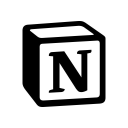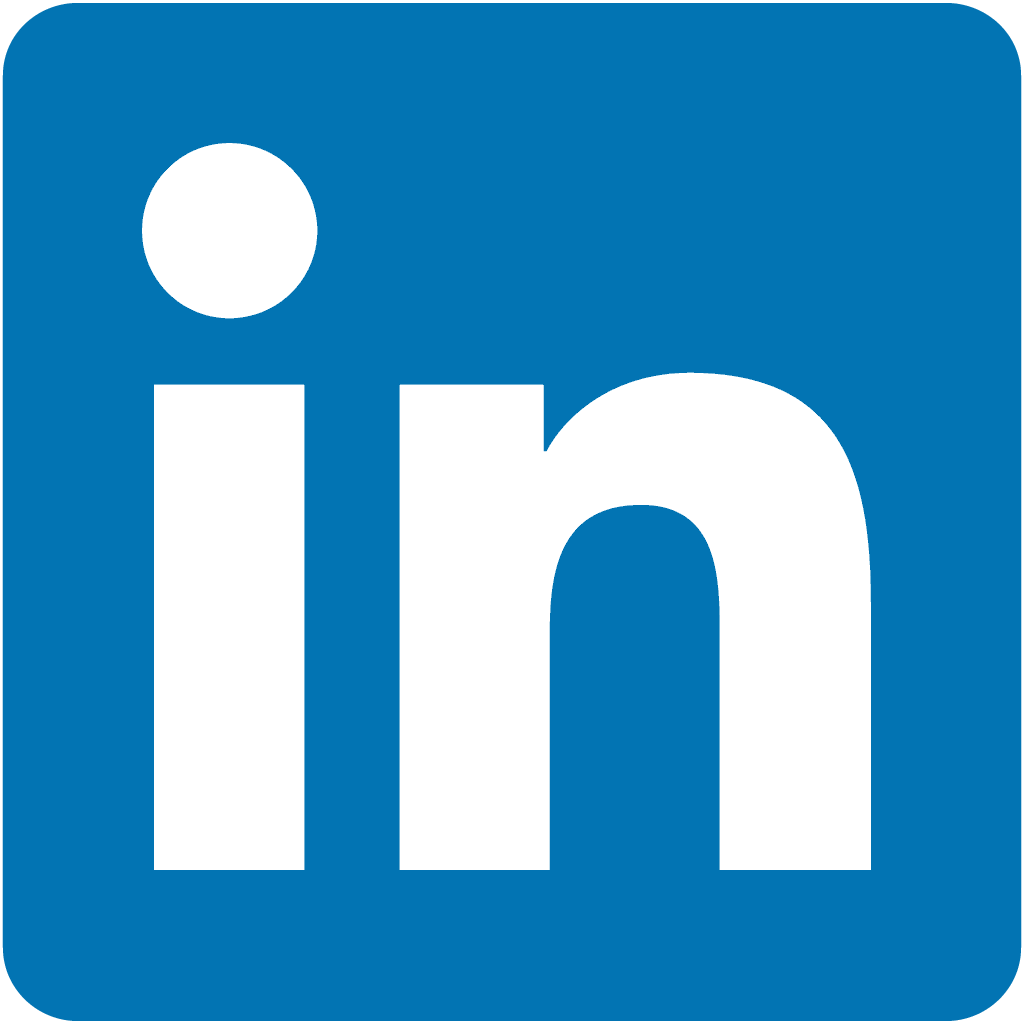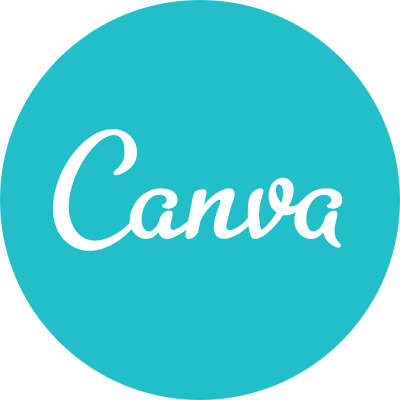My Golf App Side Project Makes $36K/Year
Hello! Who are you and what business did you start?
My name is Matt Robinson and I’m the founder of Live Tourney - a SaaS (Software as a Service) for a very specific niche: golf courses. Live Tourney makes it easy to create, manage, and run golf tournaments and provide live scoring for participating players. We launched in early 2023 and are doing around $3k in MRR but growing quickly - we did just over $18k in revenue in January 2024 alone!

What's your backstory and how did you come up with the idea?
I’m a 29-year-old software engineer based in Seattle. I have worked for large tech companies my entire career but my passion has always been sports. Since I was a kid, sports were everything to me. I never played golf growing up (my sports were football, basketball, and tennis), but as I got older, that passion (some might say obsession) has translated pretty much exclusively to golf. During the COVID lockdown, I even drove 3 hours to Portland just because golf courses were open in Oregon but still closed in Washington.
In the spring of 2022, I started playing in tournaments at my home course and wished that I could see how I was doing during the event instead of having to wait until it was over. I knew about the industry standard, Golf Genius. After talking with the head pro at the course, I learned that they didn’t use it because the product was incredibly expensive and difficult to use. Other players at the course shared that they had tried using Google Sheets as a live leaderboard in the past, needless to say, that wasn’t a great solution.
This sounded like an exciting problem to solve! The head pro said that if I built a solution, they would be willing to try it out for a tournament. At this point, I didn’t see the full potential of the business. I just wanted a fun side project that might benefit the tournaments I played in.
I wanted to see if other courses in the area would be interested in testing the product as well. So I cold-emailed a bunch of courses and asked if they’d be willing to try the product and give their feedback on what I built.
Take us through the process of building the first version of your product.
I told my wife the idea on a weekend getaway in April 2022 and we began brainstorming names for the product. We threw out domain names, checked the price and availability, and when one idea fell short, we moved on to the next. Eventually, we decided on Live Tourney and I bought the domain for $8.
I started building the MVP shortly thereafter with the target of the first event in June looming. As I mentioned before, I’m a software engineer, but I am NOT a designer. I’m embarrassed to even show this screenshot but it’s a fun milestone to reflect on. The first time Live Tourney was tested for a real round of golf was on June 7th, 2022, 11 days before the big first event was set to run.
There are two incredible things to notice here (other than the less-than-desirable interface): 1) The first hole ever recorded on Live Tourney was my first ever eagle (2 shots under par on a hole). I feel like that might have been the universe telling me there was something here. 2) This round was played with my best friend and, as you’ll learn later, future co-founder, Henry.

I knew that to succeed, Live Tourney needed to be easy to use. Golf is a game enjoyed by people young and old, and I was especially nervous to hear whether this was a tool the older players would be willing to adopt. Our competitor, Golf Genius, uses an iOS/Android app that users must download to access their live scoring and leaderboards. However, I have come to believe that forcing users to download an app generally inhibits participation.

Where other people have friction - there is opportunity!
Instead of an app, I built everything on the web and optimized it for mobile. Players would simply scan a QR code or access a link via text or email and immediately have access to the leaderboard. This also meant I could move much faster since I only had to build one platform that would work for all devices.
With 10 days to go before the event, I went on Fiverr and hired a designer to make the leaderboard look polished and give Live Tourney an official logo. When the day of the event came around, the feedback was clear… It was a huge hit!

The biggest surprise fan of the product was an 80-year-old man. His wife was the fan because, for the first time, she was able to follow her husband’s round and track his progress on her phone at home. It was at that moment that I knew that I might have something.
Describe the process of launching the business.
Launch is a funny way of putting it since there wasn’t necessarily a splashy launch moment. After a few events at my course, I wanted to see if other courses in the area would be interested in testing the product as well. I cold-emailed a bunch of courses and asked if they’d be willing to try the product and give their feedback on what I built.

After a few of these conversations, I learned that there was a ton of work I needed to do to make this scalable. Each course has its own unique tournaments and requirements that take a lot of logic to support. I also learned through cold-calling that I’m not great at sales nor do I particularly enjoy it. So as a next step, I brought my good friend Henry Face, who is a natural salesperson, on as a co-founder.
Our first paying customer came in January of 2023. I don’t think they knew they were the first customer, but I’ll never forget the feeling of getting that Stripe notification on my phone and knowing that someone valued what I built. It was incredible. And also incredibly stressful because now we had to deliver.
Our software is a high ticket SaaS and customers (rightfully so) expect it to work as intended. The first few months after “launch” were spent fixing bugs and urgently responding to requests. Some of these moments were stressful, but for the most part, I found it exhilarating. I’d stay up late and wake up early determined to come up with the best solution for whatever problem we were facing.
We’ve been profitable since Day 1 since it doesn’t cost much to run the business. Outside of one-time fees to start the LLC, our expenses are around $100 per month!
Being small enough that we can move fast and react quickly to our customers’ needs is a massive advantage for us at Live Tourney. It seems obvious to me now, but our ability to make changes quickly to improve the product has had a snowball effect that keeps compounding.
Since launch, what has worked to attract and retain customers?
We’ve tried a few different channels to attract customers but there are a few headwinds in terms of finding the right people. The first and biggest is the resistance to change. Regardless of what software (or no software) a course uses, making a change is a big deal and requires a bit of upfront work for them to get everybody on board. It’s our job to convince them that the experience is better in the long term since we have a better product that is also much more affordable.
Far and away, our most successful method for finding new customers is through cold calls and cold emails. It continues to surprise me how many courses respond positively and take a demo with us. This doesn’t scale all that quickly, but we’re happy to continue to do things that don’t scale at this stage and grow sustainably. We use LinkedIn and Apollo for cold outreach. So far, that has worked well and it’s how we’ve gotten about half of our customers. The other half are still from good old fashioned cold calls.
One unique way we attracted new customers was through our “intern program”. Henry decided to recruit a student from his fraternity to mentor and teach how to sell. He was then paid a commission for each demo he booked and each course that purchased our product from his leads. Our intern has now closed a few customers for us and continues to help spread the word to courses across the country.
Just this week, Henry quit his job to work full time selling Live Tourney. You can read more about his decision and follow his journey on his LinkedIn.
We’ve just started to dabble in Google / LinkedIn ads, but probably don’t have enough spend or data yet to say whether or not it’s working. We’re a very niche product, so the targeting we get with LinkedIn seems promising and we’re hoping that it will eventually be a profitable channel for us.
How are you doing today and what does the future look like?
We’re doing well! We were immediately profitable since we were spending no money to run the product and each customer paid $2000 per year for the subscription. We find ourselves at the point where we’re trying to figure out how best to grow the company with the money we have in the bank since we both want to invest all the profits back into the business.

In January, we got a massive influx of new customers after their deals with Golf Genius were up for renewal and we’re hoping that this spike continues throughout the year and we can use it as a sign of good things to come! We haven’t quite gotten to the point where leads are coming inbound so all the business we’re winning is pretty manual (cold calls, demos, email follow-ups, trial, etc), but we expect this to change over time with word-of-mouth.
We currently have around 20 customers in 7 states across the country and we have set an internal goal of $100,000 in ARR by the end of the year. This is a lofty goal, but with Henry working on this full time, and the product in a really good spot to start scaling, we feel like this is a good target for us to strive for.
As for how I’m doing personally, my wife and I just had our first child a month ago so the last month has been a bit of a whirlwind. I want to make him proud of me when he grows up and teach him that he can follow his dreams and do whatever he sets his mind to.
Through starting the business, have you learned anything particularly helpful or advantageous?
One thing I’ve learned that shifted my frame of thinking is that customers appreciate timely responses. There have been several times when customers reported a bug or something that went wrong. Instead of getting upset about it, our customers responded positively because we were very quick to act and find a solution. It almost becomes a positive when that happens because we can show how responsive we are compared to the companies they’ve had to rely on in the past. That, ultimately, builds trust.
Being small enough that we can move fast and react quickly to our customers’ needs is a massive advantage for us at Live Tourney. It seems obvious to me now, but our ability to make changes quickly to improve the product has had a snowball effect that keeps compounding. Any decisions that you can make early on in your business that allow you to continue to move fast in the future should be made to foster movement in that direction. Given my background with large tech companies, where it often takes a long time to do little things and get approvals, it’s a breath of fresh air when I get to switch gears and make impactful changes in a short amount of time.
What platform/tools do you use for your business?
We have just started adding several new tools to our arsenal this year to help us ship faster and understand our customers a little better.
Development:
Customer Facing
Customer Acquisition
What have been the most influential books, podcasts, or other resources?
I’m a big podcast fan. By far my favorite in this niche is My First Million by Shaan Puri and Sam Parr. This is a business podcast that talks to successful entrepreneurs about how they made their first million dollars and brainstorm other interesting business ideas. This podcast inspired me to stop thinking about doing the thing and to go out and do it.
I also really love Startups for the Rest of Us by Rob Walling, a podcast that’s mostly a flipped Q&A where company founders ask the host questions about problems their bootstrapped companies are facing and he gives them great advice on how to solve those problems.
Finally, I love Founders by David Senra. He’s an absolute reading nut and dives deep into the lives of some of the most successful founders and tells their stories as well as the lessons he learned from them.
Advice for other entrepreneurs who want to get started or are just starting out?
“Most people overestimate what they can accomplish in a day and underestimate what they can accomplish in a year.”



Above you’ll see that my code contributions are consistent throughout the last nearly 2 years, but also inconsistent. I didn’t code everyday and that’s ok! Sometimes the most important thing isn’t writing code. Sometimes it’s marketing, making cold calls, or spending the day with your family at the beach and recharging. You have to wake up every morning and figure out how to do the most important thing.
If you are getting started, my advice is simple. Just start. Start by doing the first thing you can think of to move the needle on your idea. Pulling that string will unveil what the next few things are and after you continue doing this for days, weeks, months, and years, it’s pretty incredible what can happen. Figure out the things you need to do to make that first dollar, because that feeling is electric.
Back in May of 2022, there was no Live Tourney. Just a golfer with the idea of trying to compete against a company that does $25 million+ in annual revenue, has hundreds of employees, and has been working on it for around 10 years. It’s easy to get discouraged by how large the gaps are and how much work there is to do, but the only way forward is through. Figure out the most important thing each day and work on that. Eventually, you’ll have done a ton of important things.
Are you looking to hire for certain positions right now?
As of now, we’re happy to be a scrappy 2-man team. As we grow, we’ll probably want to start outsourcing or adding some in-house support folks to help promote customer success and answering product questions during tournament set up.
If you’re an engineer who loves golf, reach out to me at matt@livetourney.com and we will chat. Though we are not ready to hire at the moment, eventually we will want to bring on another engineer to scale this business faster. There are so many places we can take this product and our company that are within reach. We just don’t have the manpower to go there just yet.
Where can we go to learn more?
If you have any questions or comments, drop a comment below!

Download the report and join our email newsletter packed with business ideas and money-making opportunities, backed by real-life case studies.

Download the report and join our email newsletter packed with business ideas and money-making opportunities, backed by real-life case studies.

Download the report and join our email newsletter packed with business ideas and money-making opportunities, backed by real-life case studies.

Download the report and join our email newsletter packed with business ideas and money-making opportunities, backed by real-life case studies.

Download the report and join our email newsletter packed with business ideas and money-making opportunities, backed by real-life case studies.

Download the report and join our email newsletter packed with business ideas and money-making opportunities, backed by real-life case studies.

Download the report and join our email newsletter packed with business ideas and money-making opportunities, backed by real-life case studies.

Download the report and join our email newsletter packed with business ideas and money-making opportunities, backed by real-life case studies.
























